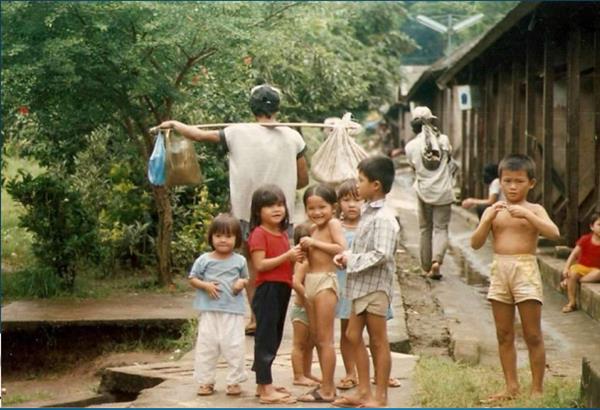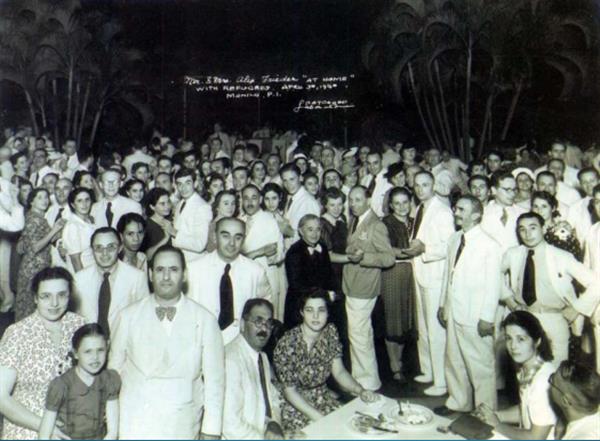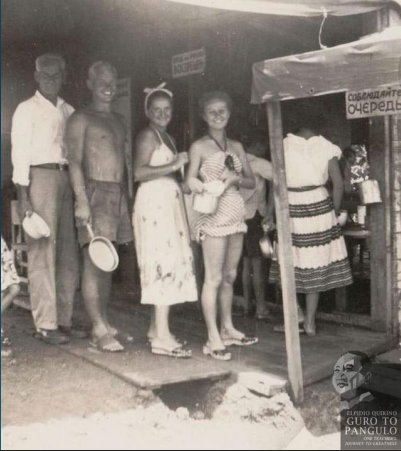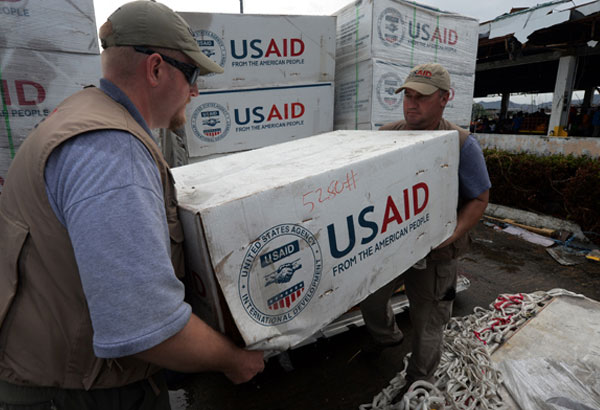Filipinos helping refugees: A noble tradition, a way to give back
MANILA, Philippines – When the Philippine government said it was willing to accommodate 3,000 Rohingyas seeking refuge from political persecution, the country was not only upholding its commitment to the 1951 Convention Relating to the Status of Refugees. The Philippines was also continuing a tradition of reaching out to victims of suffering all over the world.
Since May this year, thousands of Rohingyas, Muslim migrants from Myanmar, have been going back and forth some Southeast Asian countries—particularly Malaysia, Thailand and Indonesia—to flee from severe persecution, human trafficking and strong hostility in their homeland. Called as the "boat people," some Rohingyas were stuck at sea trying to find a country that would help them in their plight. Others starved while others died.
The cry for help initially fell on deaf ears, causing a humanitarian crisis that challenged the world's commitment to relieve the plight of displaced persons.
The Philippines, however, decided to open its arms like it did before, when other refugees sought safety from conflict and turmoil. Communications Secretary Herminio Coloma Jr. said that the Philippines remains in solidarity with the United Nations (UN) in supporting the cause of displaced people by providing assistance and relief.
READ: Palace: Philippines will help save 'boat people'
"We shall continue to do our share in saving lives under existing and long-standing mechanisms pursuant to our commitments under the Convention," he said.
The United Nations High Commissioner for Refugees (UNCHR) recently commended the Philippines for staying true to its commitment.
READ: Philippines lauded for willingness to save 'boat people'
“The Philippines has a strong humanitarian tradition of international protection in support of voiceless refugees," UNHCR Representative in the Philippines Bernard Kerblat said.
Tradition of providing safe haven
Coloma also recalled the time when the Philippines established a processing center that served around 18,000 Indochinese migrants in the 1970s during the Vietnam War.
 The Philippines served as a home to some Vietnamese refugees in the 1980s. President Elpidio Quirino Foundation
The Philippines served as a home to some Vietnamese refugees in the 1980s. President Elpidio Quirino FoundationBut there have been humanitarian efforts for the refugees as early as the 1930s when more than a thousand Jews found safety in the archipelago during the Holocaust.
 Mr and Mrs. Frieder with refugees in Manila, April 1940. President Elpidio Quirino Foundation
Mr and Mrs. Frieder with refugees in Manila, April 1940. President Elpidio Quirino FoundationIn 1949, the Philippines, under the administration of President Elpidio Quirino, accepted around 6,000 white Russians who were fleeing from the Communist rule in China.
 Some of the white Russian refugees in Tubabao camp. President Elpidio Quirino Foundation
Some of the white Russian refugees in Tubabao camp. President Elpidio Quirino FoundationThere were also 200 Spaniards who fled to the Philippines to seek asylum from a civil war.

But even before the 1951 Convention Relating to the Status of Refugees was ratified, the government had already passed the Philippine Immigration Act of 1940 where Section 47 (b) states that the President may “admit aliens who are refugees for religious, political and racial reasons” for “humanitarian reasons, and when not opposed to public interest.”
According to UNHCR, the law was visionary as it was promulgated 11 years before the world agreed on the definitions of the concepts of "humanitarian" and "persecution."
Giving back
The Philippines has been receiving significant amount of help from several countries and organizations during times of tragedy and disasters, most notably in the aftermath of typhoon "Yolanda" in 2013, when humanitarian aid came pouring from different parts of the world. This helped the country become more resilient and recover faster from the massive destruction caused by the super typhoon.
 The U.S. is among the many countries that sent aid to the Philippines for the victims of typhoon Yolanda. File photo
The U.S. is among the many countries that sent aid to the Philippines for the victims of typhoon Yolanda. File photoAs a way of giving back and in the spirit of continuing a noble tradition, the UNHCR calls on Filipino individuals and even corporations to support the cause of those who have no choice but to leave home and seek refuge in a foreign land. Twenty million people who are forcibly displaced due to ongoing armed conflicts are in need of life-saving assistance to relieve them of their plight.
The main acceleration has been since early 2011 when war erupted in Syria, propelling it into becoming the world’s single largest driver of displacement. In 2014, an average of 42,500 people became refugees, asylum seekers, or internally displaced every day, representing a four-fold increase in just four years.
Worldwide, one in every 122 humans is now either a refugee, internally displaced, or seeking asylum.
“For an age of unprecedented mass displacement, we need an unprecedented humanitarian response and a renewed global commitment to tolerance and protection for people fleeing conflict and persecution,” said Antonio Guterres of UNHCR.
Know more about the plight of refugees and how to help at www.unhcr.ph.
READ MORE:
On World Humanitarian Day, UNHCR invites Filipinos to be "Messengers of Humanity"
- Latest





























